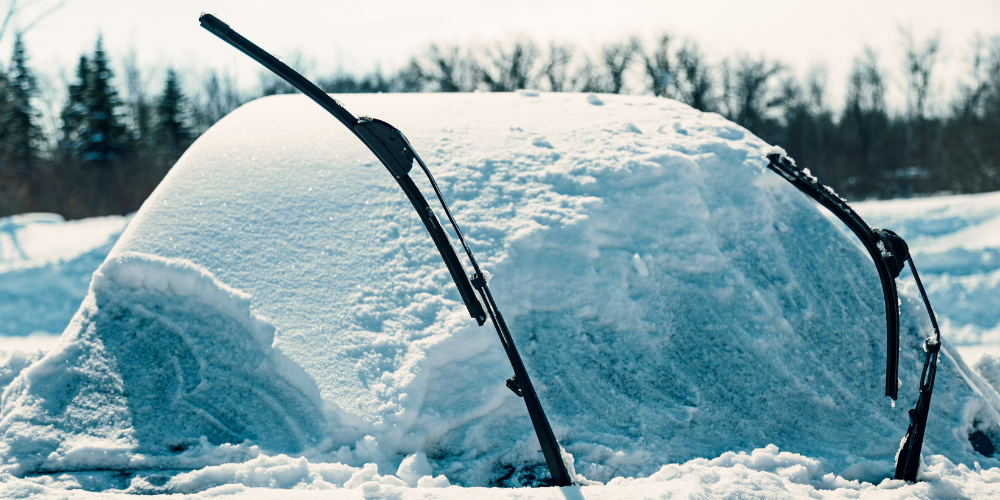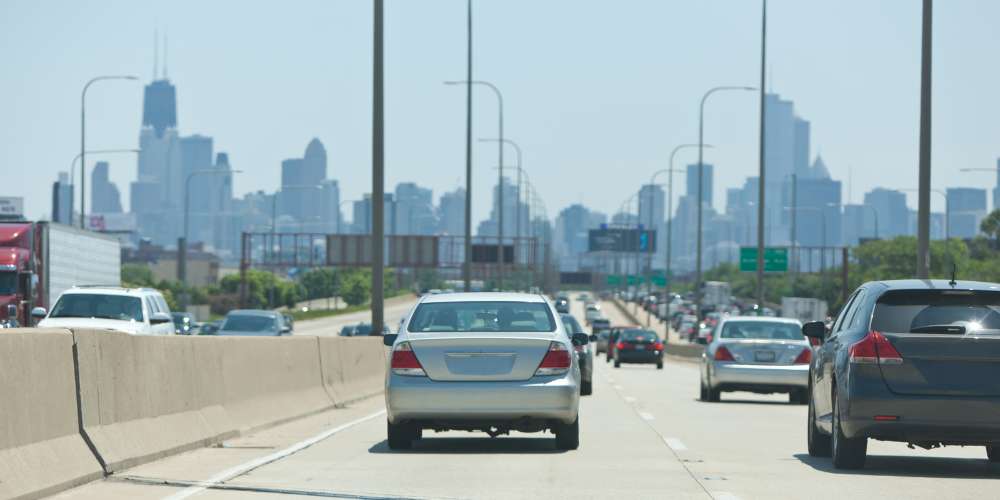While we recommend seeing a chiropractor after a car accident, the most important way to…

4 Common Misconceptions About Driving in the Snow
Punxsutawney Phil saw his shadow this year, and if the legend is true, that means there will be at least 6 more weeks of winter. In fact, winter often stretches beyond this six-week prediction. This means there will be more days spent wiping snow off of your car, searching for parking spots between snow banks, and time spent navigating slick roads. Whether you believe in Punxsutawney Phil’s predictions or not, we’ve created a list of misconceptions about driving in the snow to help you stay safe during the remaining weeks of winter.
Driving in the snow is similar to driving in typical weather conditions

Lots of people have the impression that driving in the snow isn’t that different from driving in the sunshine, except that you turn on the heat in your car during the wintertime. Obviously, this isn’t true. Driving in the snow should be viewed as a completely different exercise than driving in other moderate temperatures. Knowing how to drive in normal conditions does not qualify you to drive in the snow. For that reason, and especially if you’ve never done it, it’s important to practice. Find an empty parking lot and see how your car reacts to snow on the ground. Remember to give yourself more time to brake and more space between your car and other vehicles.
You only need to wipe off snow from your windshield

Clearing off snow from your car is not fun, but being lazy about it can be dangerous. You should obviously wipe off your windshield and mirrors, but you should also make sure not to neglect clearing off other windows, including backseat ones. If you don’t wipe off snow from the top of your car, sides, and back, it can cause snow to fall off onto your windows or onto the window of another car and obstruct another driver’s view. Take an extra two minutes to wipe off the snow from your car completely for your own safety and for the safety of other drivers on the road.
Adding weight to the trunk of your car gives you better traction

The idea that you can get better traction from adding weight to the trunk of your car is not entirely true. In some cases, the extra weight can help your car get a better grip on slick roads. The general rule of thumb is that you should center weight in a car over its drive wheels. This means that it can be helpful to add weight to the back of a rear-wheel-drive. However, drivers should not add weight to the back of a car with a front-wheel-drive or an all-wheel-drive vehicle. Many people who choose to add weight to their rear-wheel-drive cars use sandbags since they’re cheap and usually won’t move around in your trunk while you drive.
Your car’s engine needs some time to warm up in the cold

The belief that you should start your engine several minutes before you drive during the winter is one of the most widely accepted misconceptions about driving. In fact, a study found that on average, people think that they should idle their engine before driving for five minutes in freezing temperatures. Here’s the truth: cars are less fuel efficient in the cold and older cars do need time to warm up. But car manufacturers build their vehicles differently now, and experts say you should idle your car for no more than 30 seconds. Cutting down on warming up your car will save you time and money with less gas wasted while your car sits idle.
If you’re in a car accident in snowy weather
 Knowing safe practices for driving in the snow and common misconceptions about driving in winter weather can’t guarantee that you don’t become the victim of an accident caused by snowy conditions. If you are in an accident, remember to prioritize your safety and well being. Call 911 to report a major accident. If you’re injured, seek out medical attention immediately.
Knowing safe practices for driving in the snow and common misconceptions about driving in winter weather can’t guarantee that you don’t become the victim of an accident caused by snowy conditions. If you are in an accident, remember to prioritize your safety and well being. Call 911 to report a major accident. If you’re injured, seek out medical attention immediately.
Many victims of car accidents use chiropractic care to help them recover. A specialized chiropractor can create a recovery plan that’s specific to you and your injuries, and the benefits of chiropractic care go far behind pain relief from your injuries.
If you’re looking for help as you recover, consider visiting Accident Treatment Centers.
For more information, please contact us.



